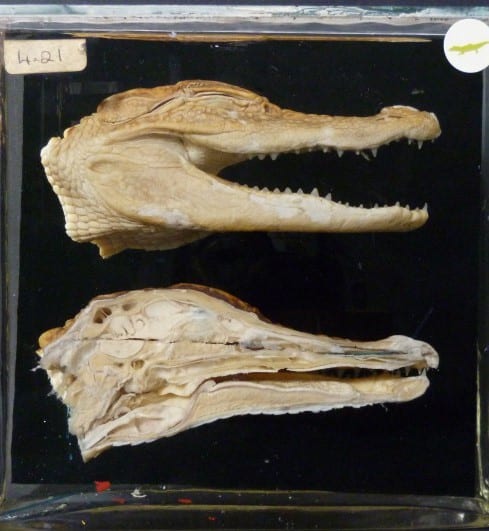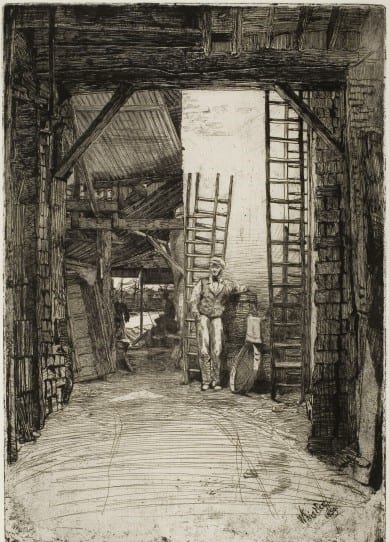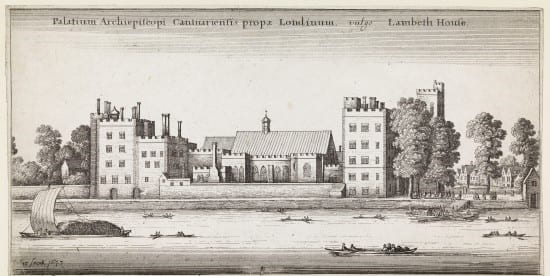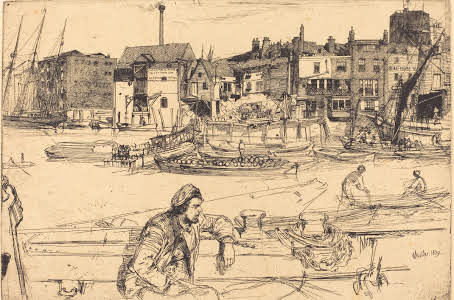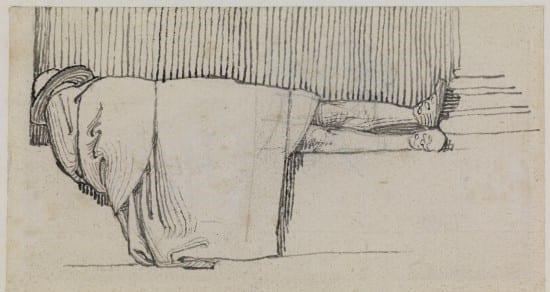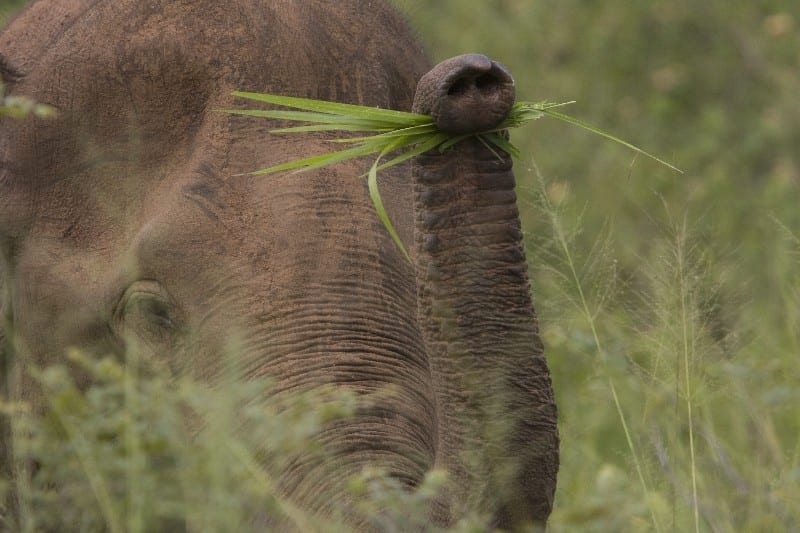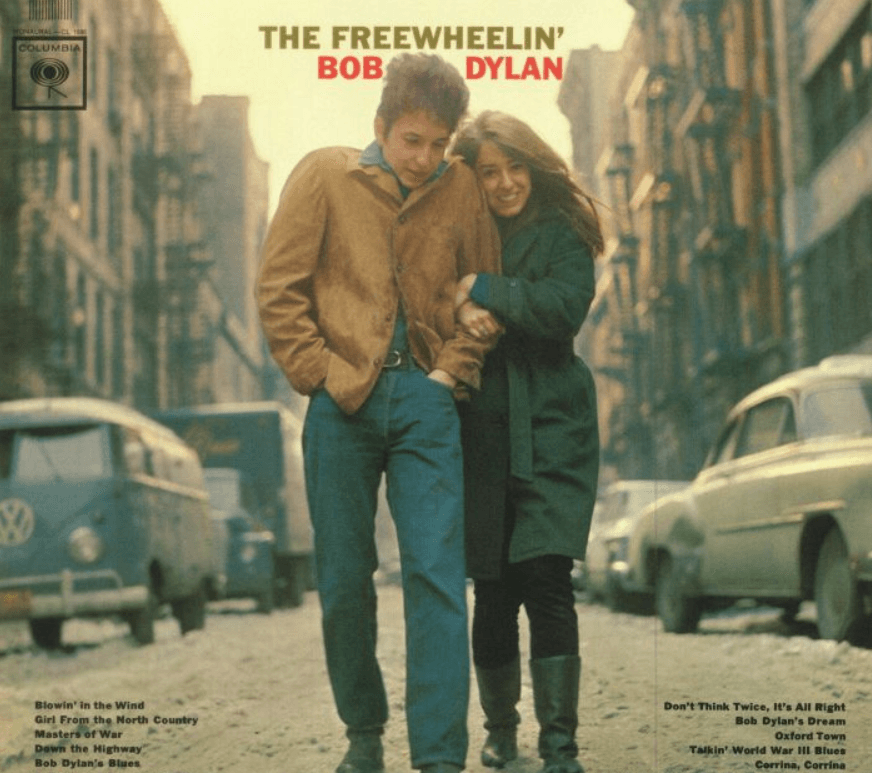Trippy Taxidermy and Severed Heads: The Best of the Grant Museum
By Sarah M Gibbs, on 11 April 2019
For budgetary reasons, UCL Culture has recently decided to terminate the Student Engager programme, which has brought PhD students into the university’s museums to share their specialist knowledge and enable greater visitor access to collections.
As we wrap up the Researchers in Museums blog, Engagers will be sharing some of their favourite memories, and providing readers with a few final details about the museums’ amazing art works, artefacts, and specimens.
Sarah’s Top Specimens
“Half of my Head is in Havana”: The Negus Collection.
Actually, it’s in UCL’s Grant Museum of Zoology. The Negus Collection is a group of bisected animal heads stored in clear Perspex containers. Have a gander at one side, and you’ll see an alligator in all his scaly glory. The other side? Well, that shows you what we might call his inner beauty. The Collection was originally assembled to study animal noses and throats. Photographs and digital models now make such preparations unnecessary. When the Grant Museum hosted a migration workshop featuring a bisected salmon head, visitors decided that the beady-eyed sushi staple should play the villain in an under-sea opera.
Terrible Taxidermy: The Story of Frank
That’s what I’ve always called the Grant’s friendly pygmy orangutan. He’s an upbeat specimen, despite being a victim of some rather poor quality preparation. Taxidermists in the nineteenth century were often unfamiliar with the animals they preserved; the Horniman Museum is famous for its dramatically overstuffed walrus (no one told the taxidermist that this strange creature’s skin should lie in loose folds). Frank’s facial features are ill-defined, and his skin is splitting. It’s like he’s had both a facelift, and a few too many decades in a tanning booth. Plus, he’s an arsenic bomb. That’s right, folks. Frank is one of many early taxidermical specimens preserved using poisonous chemicals. He poses no danger unless he’s handled heavily without protective clothing. Nevertheless, don’t let those sweet brown eyes convince you to go in for a hug. At least he’s got one of those retro cool hairstyles, like the kids on Stranger Things.
The Lonely Donkey
The Grant Museum has a donkey skeleton. You don’t really see this donkey, as everyone’s still a little disappointed he isn’t something else, namely, a zebra. As the Grant has always been a teaching collection, and as it also received massive transfers of specimens when London’s other university-based zoology museums closed, determining the identity and provenance of the over 60,000 collection items can sometimes be tricky. Records indicated that the Museum held two zebra skeletons. Then an expert came by to check. Turns out, it has one quagga (Amazing! Incredibly rare zebra sub-species! Only seven skeletons of the now-extinct animal in the world!) and one donkey (sigh). So, for want of display space, the sad little donkey (codename: Eeyore) gazes over the railing from the second floor. Look up next time you visit, and give him a wave.
The Thylacine
Like the quagga, the thylacine is a member of the dark fraternity of extinct animals. A canine-like marsupial, the last known “Tasmanian Tiger” died in 1936. Even more unfortunate is the reason for the species’ disappearance: a government bounty. The thylacine was officially designated a danger to livestock, but many scholars now argue that its extermination was part of a greater effort to undermine indigenous culture by destroying native wildlife. The Grant Museum has one of the few fluid preserved specimens in the world, but don’t expect a smile from our floating friend; the thylacine has been decapitated, possibly as part of the bounty process. One visitor who had just returned from Tasmania told me that Errol Flynn, a film star in the 1930s and 40s, grew up with thylacines in his backyard. I wonder if they liked to play fetch.
Come find your own favourites at UCL’s Grant Museum.
 Close
Close


